ABSTRACT
This research focuses on the development of a deployable self-supporting membrane. The fundamental hypothesis is that a structure can be created with the support of rigid elements that are interrupted by inflatable actuators. Making the structure lightweight and integrating all the elements within the membrane were the primary conceptual drivers. The investigation of each member within the membrane is essential to the holistic movement of the structure. The objective is to create a structure through firstly, inflation, and later bears its own load on the account of tensegrity. A range of possibilities in terms of actuation have been explored in order to fulfil the objective of the research. The system consists of soft membrane with rigid elements and inflatable patterns that are seamlessly integrated with it.
As an inspirational starting point, the research looked at tensegrity structures. The structural principle of tensegrity can be explained as “islands of compression in an ocean of tension.”
The self-supporting assembly replaces the cables in a conventional tensegrity structure with a membrane, causing the membrane to participate in the structural stability. Furthermore, origami patterns have been investigated to tackle the enhancement in the formal aspects of a conventional tensegrity structure. The
geometric formations of the rigid elements have derived from pairing the principles of both tensegrity structures and origami patterns. The empirical results are achieved by quick prototyping the aimed geometry and activation on a smaller scale.
Parallelly, the research also presents the inter-relation between the physical and the digital models.
The outcome of the research is the development of a lightweight, self-supporting and deployable structure that reduces human labour for erecting the structure and also consumes lesser energy when tensegrity plays its role.
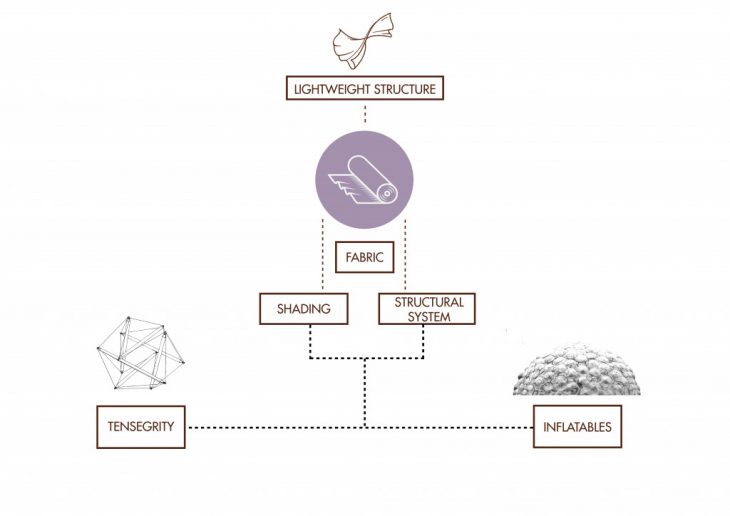
STATE OF THE ART PROJECTS
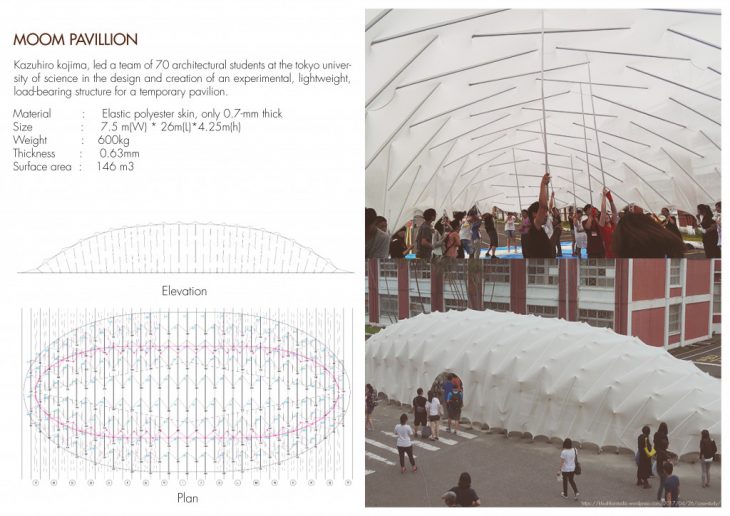
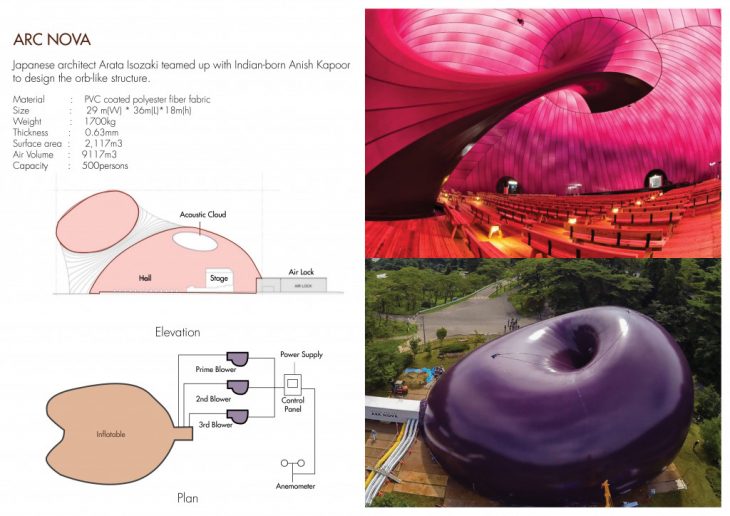
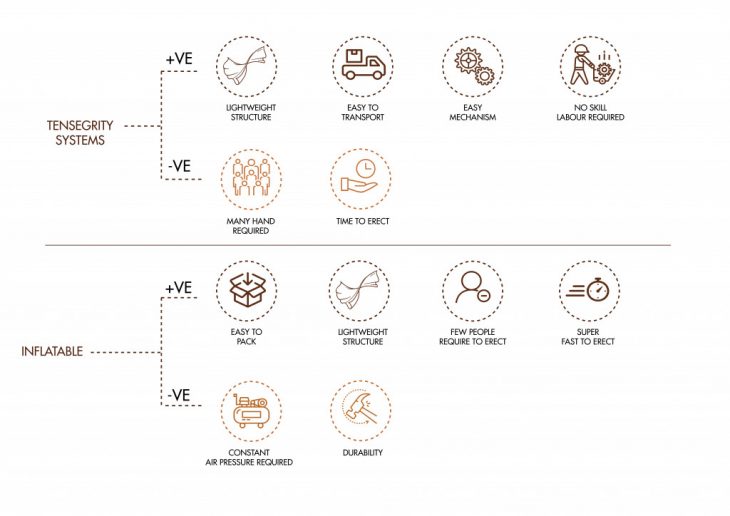
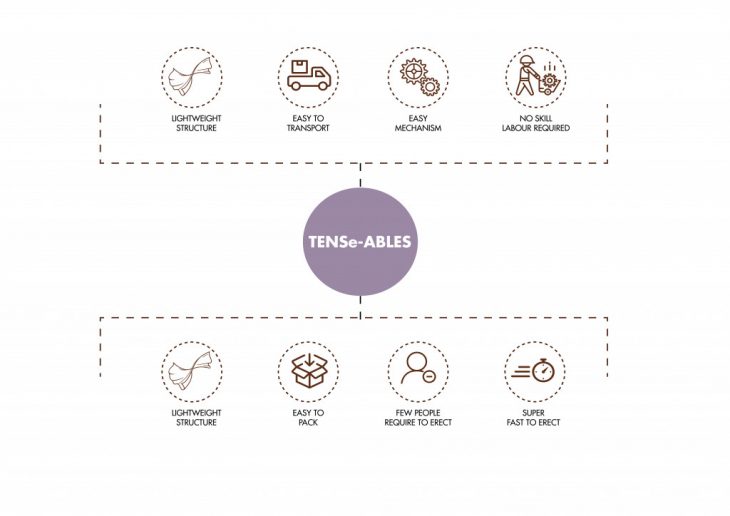
TENSEGRITY
Tensegrity can be defined as an island of compression floating in a sea of tension.
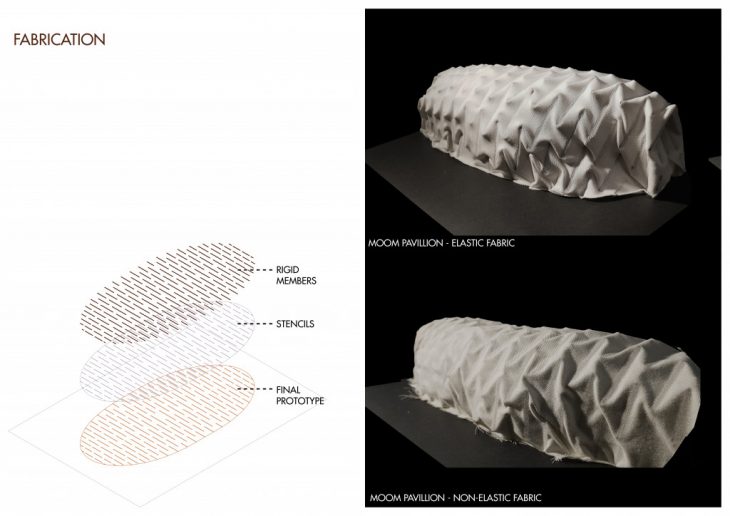
ORIGAMI AS A FORM FINDING TOOL
Structural system replaces some of the linear elements of a tensegrity with tense surfaces; the collaboration between compressed bars and tensile fabric
generates a freestanding translucent surface.
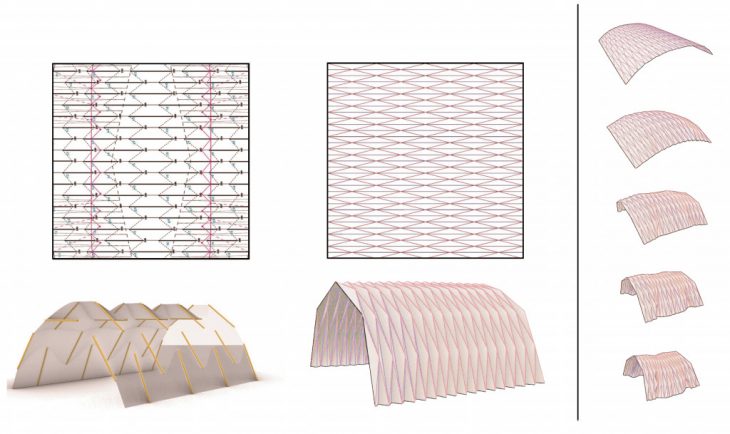
PATTERN STUDY
This patterns were derived from origami folding patterns. The folding pattern were interpreted into tensile and compressive elements of tensegrity. This patterns did not create a 3d geometry and fall flat.
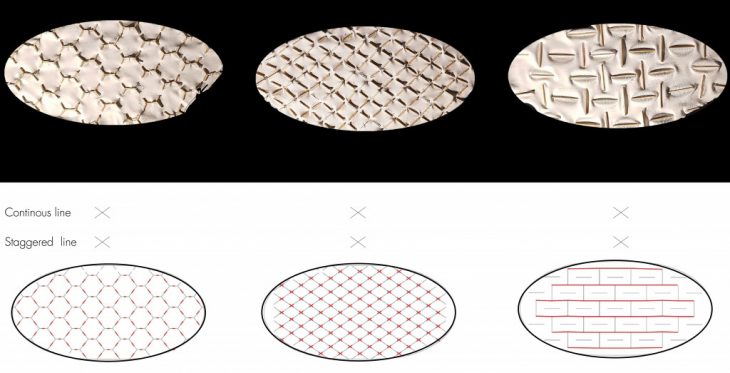
For all forces be in equilibrium the stress lines should be continuous and staggered. This helps in making a 3d structure out of 2d geometry.
PATTERN A
This system utilizes linear elements that gets interlocked between fabric. The pattern was derived from “Reverse Water bomb tessellation”of origami. The stress line created are staggered and continuous.
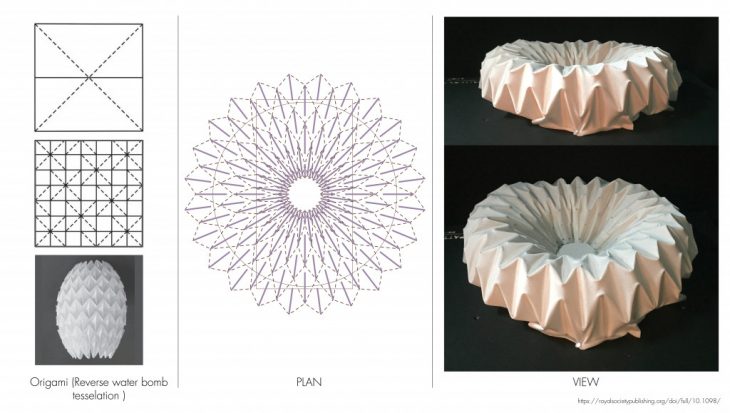
PATTERN B
This pattern is decoded by using simple geometry of hexagon. When we connect the middle points of hexagon it forms a simple y shape. The main characteristic of this shape is that the forces get balanced and structuire is self supported.
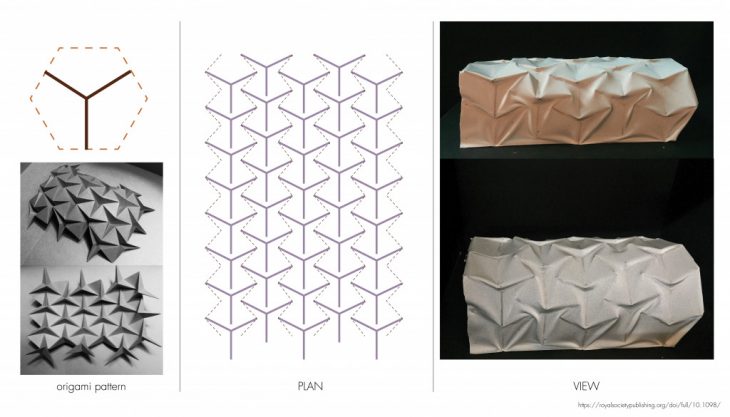
PATTERN C
The pattern is derived from pentagon. When we change the size of pentagon the members come closer to form system
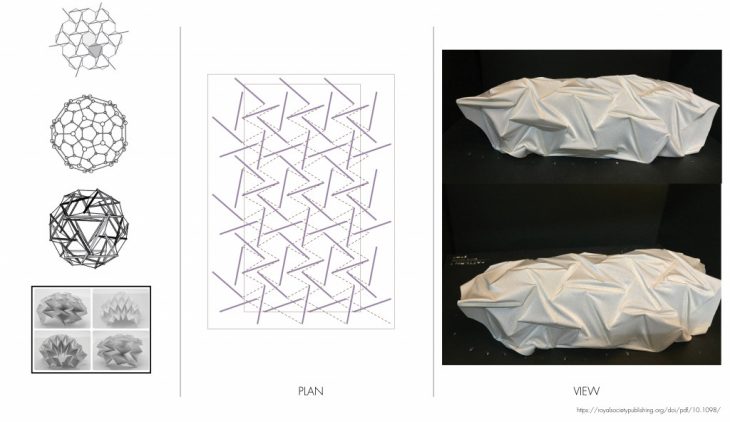
PATTERN D
This system is derived by unrolling the tensegrity tower. The members are alinged in 45 degrees to form a contnous and stagred system.
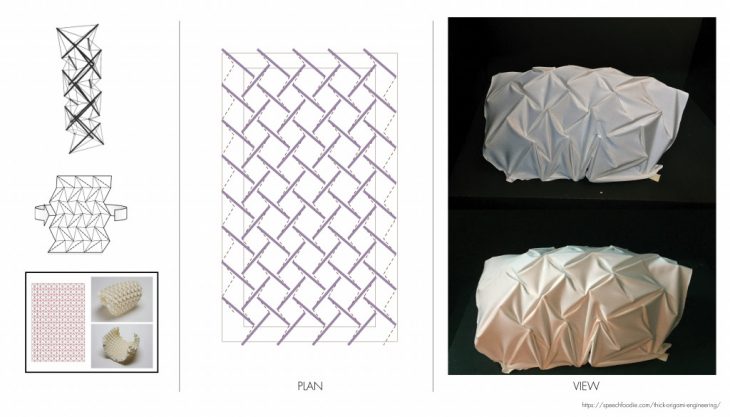
PATTERN D (DETAILS)
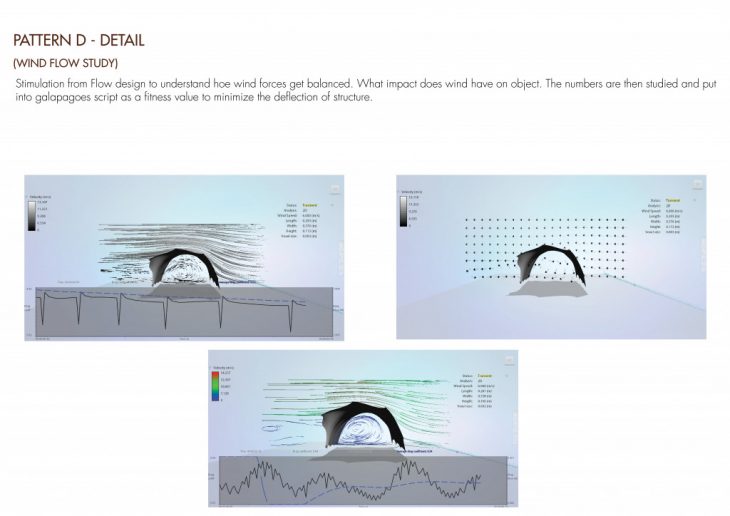
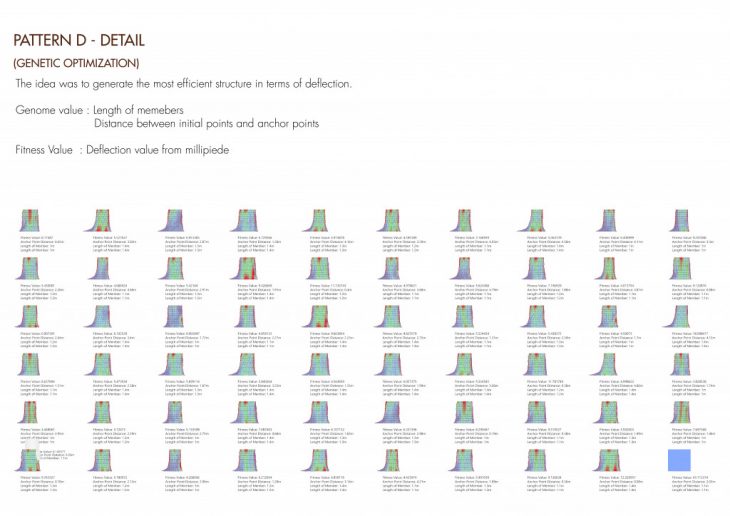
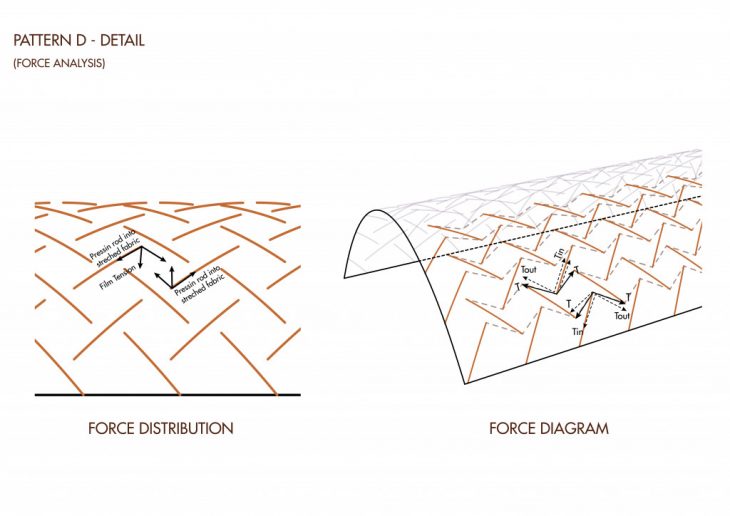
INFLATABLES
BENDING BY GEOMETRY
When air is forced into the air bag with certain geometrical shapes it tends to bend. We tried to use this bending to create a self forming structure.
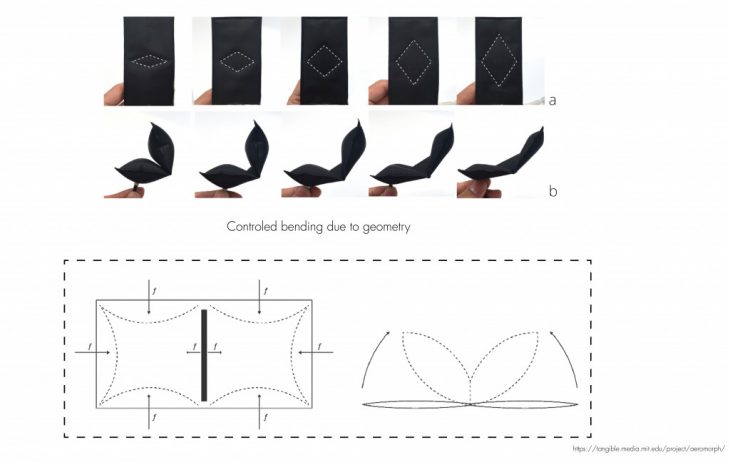
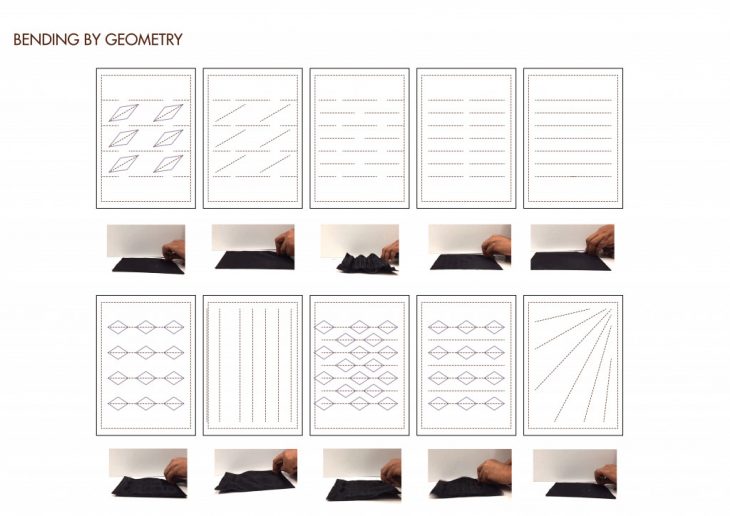
BENDING BY PLEATING AND STRETCHING
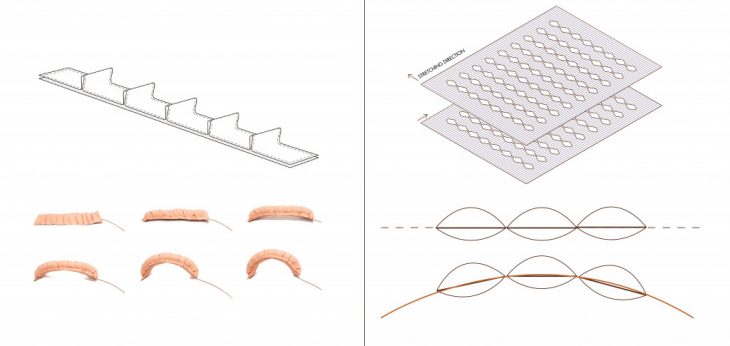
PATTERNS
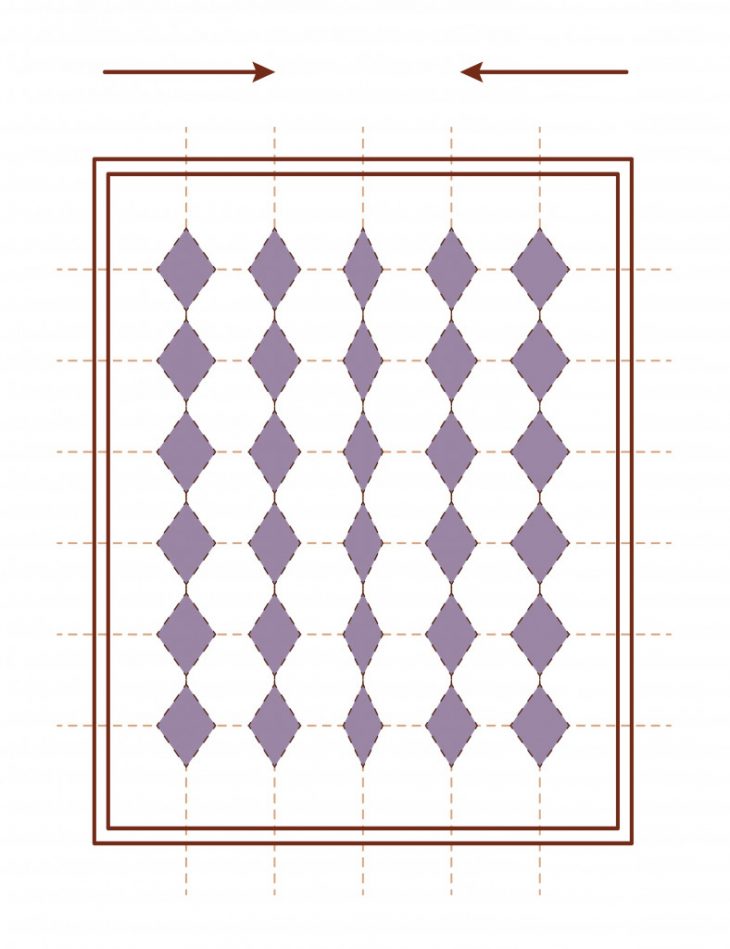
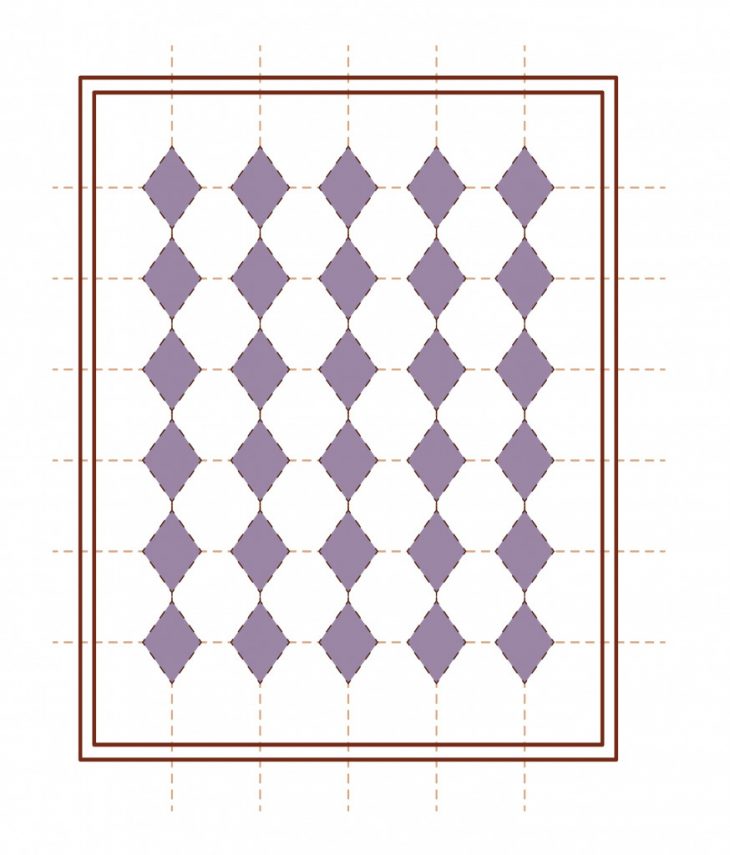
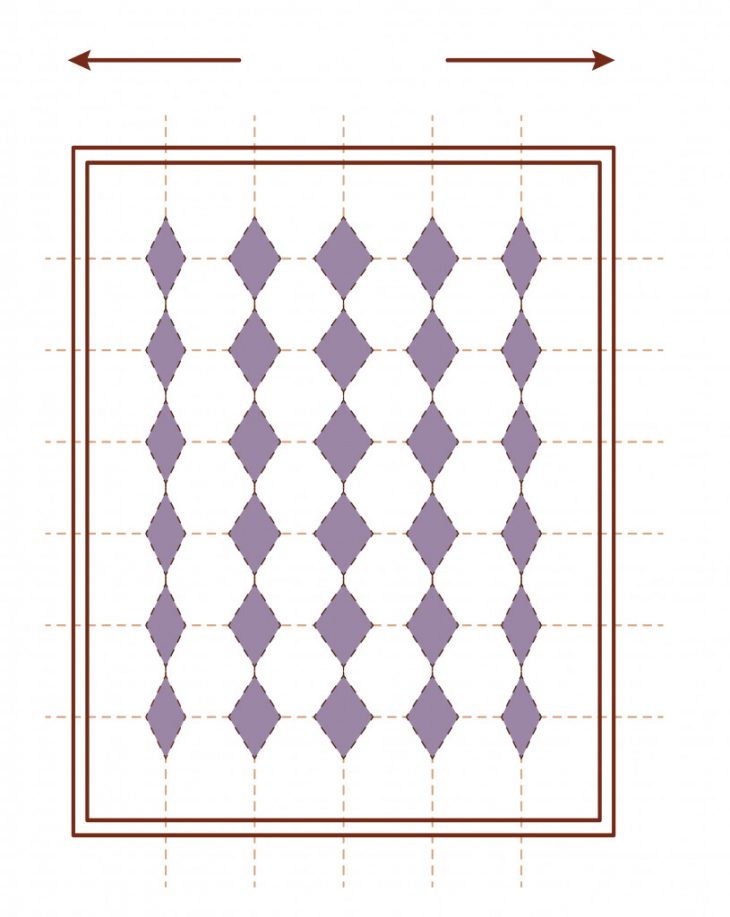
SEALING PROCESS
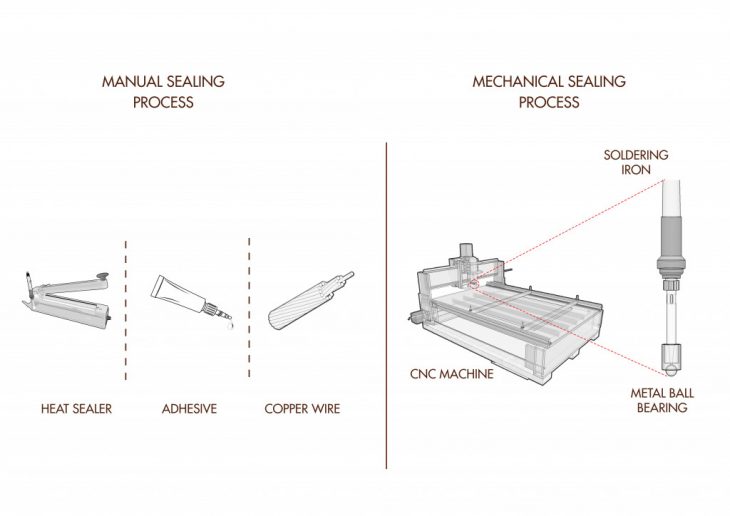
INFLATABLES WITH TENSEGRITY
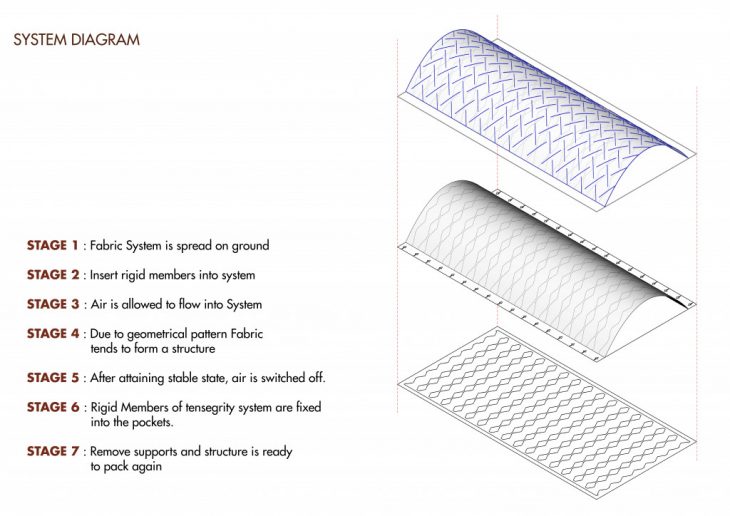

PATTERN A
In this system the the rigid members are placed in accordance with inflatable patterns. The first linear geometry of tensegrity is followed.
PATTERN B
In this system the the rigid members are aligned with inflatable pattern. All the members are positioned in one side of the fabric.
PATTERN C
In this system the the rigid members are aligned with inflatable pattern. Half the members are positioned in one side of the fabric while the other half is glued
to the bottom side. The lower part of members are not completely fixed. They are placed such that movement for tensegrity is allowed.
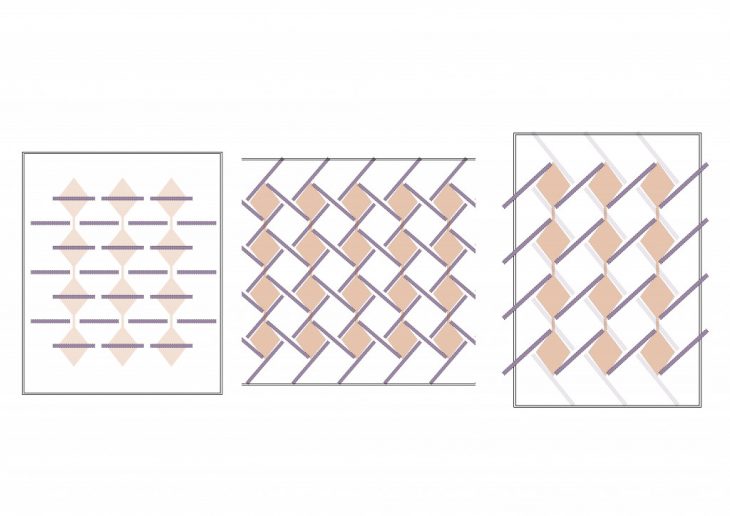
FINAL PROTOTYPE
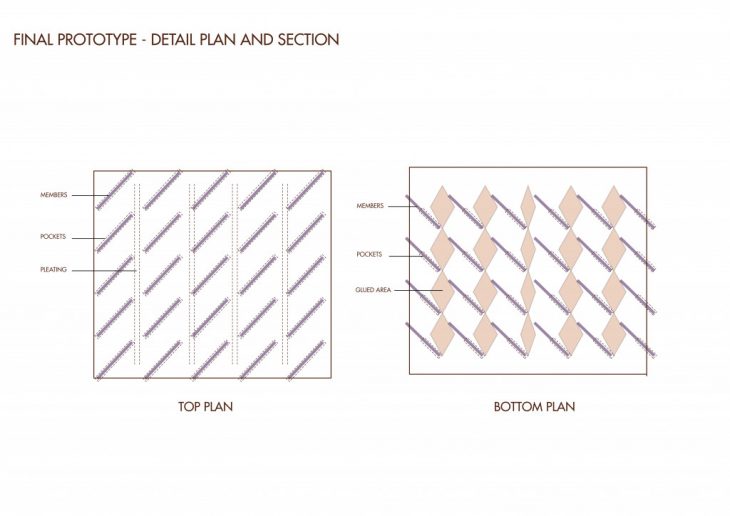
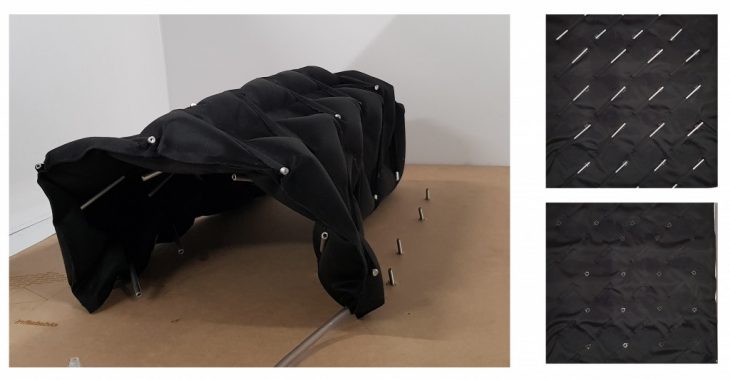

ARCHITECTURAL APPLICATION
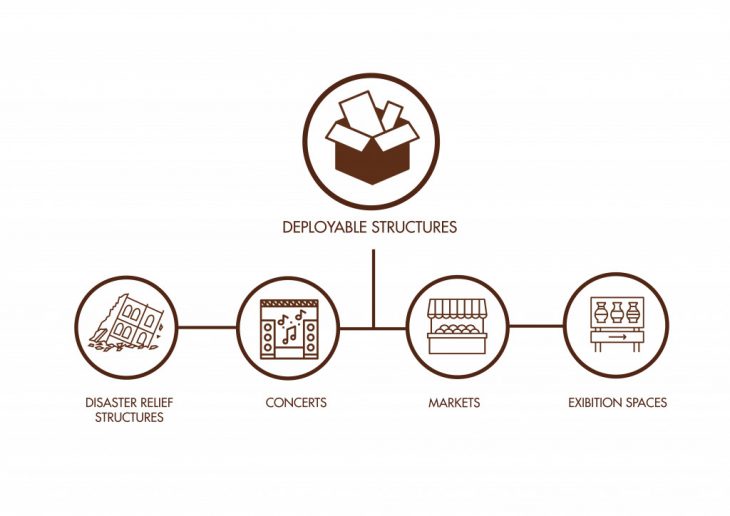
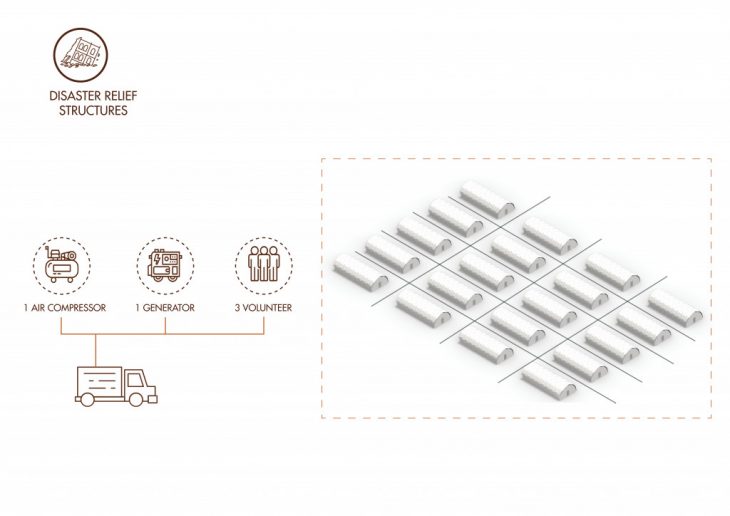
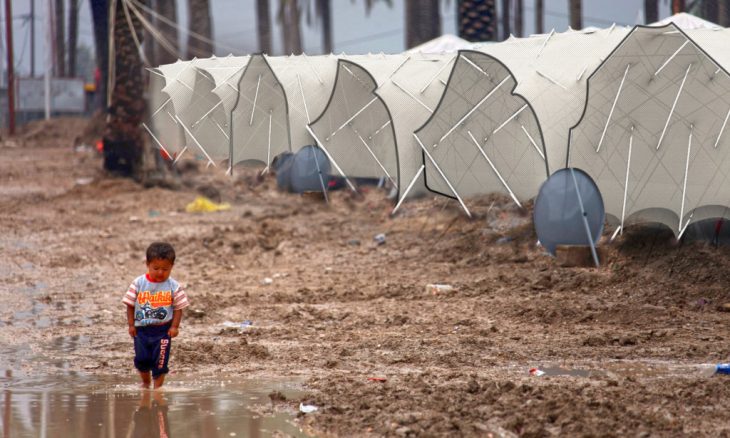
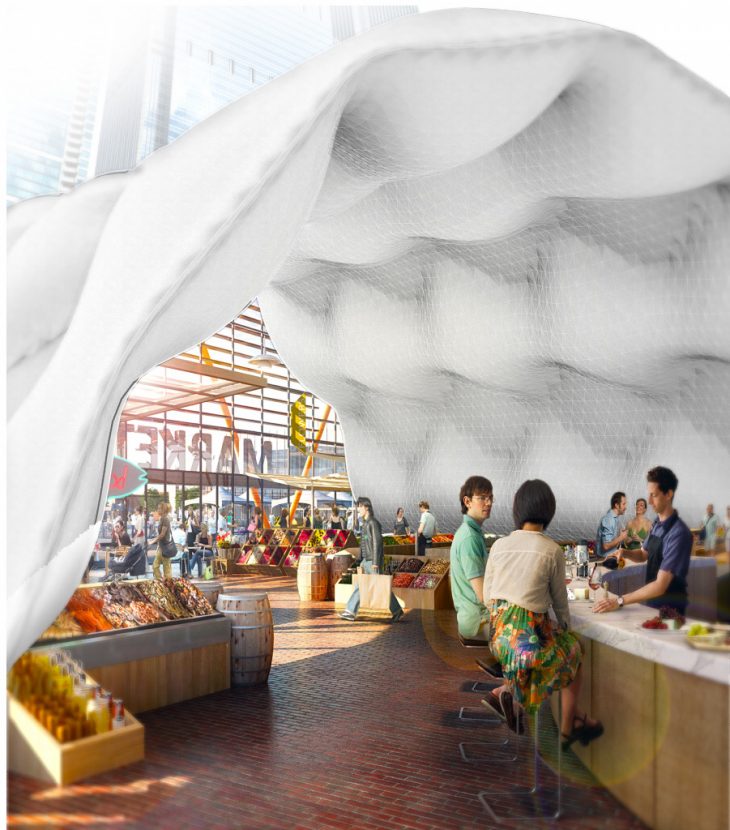
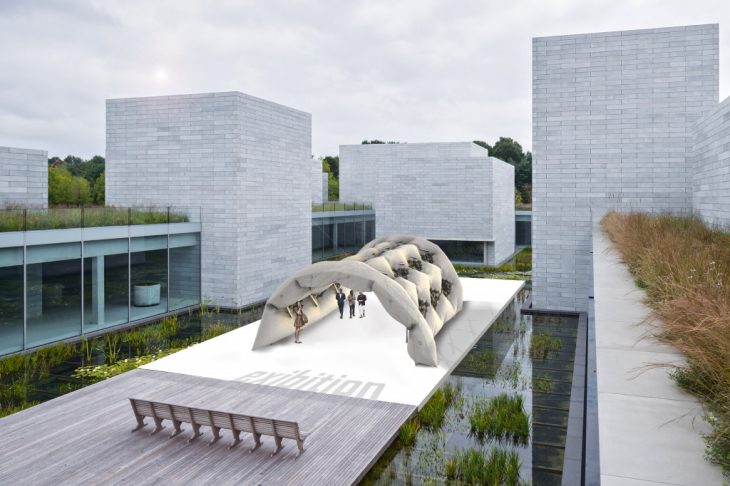
TENSEABLES is a project of IAAC, Institute for Advanced Architecture of Catalonia developed at Masters in Advanced Architecture in 2019 by:
Students: Jitendra Farkade, Juhi Bafna, JingWen Chiou
Faculty: Areti Markopoulou, David Andres Leon, Raimund Krenmüller and Nikol Kirova